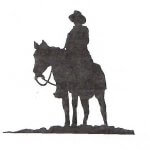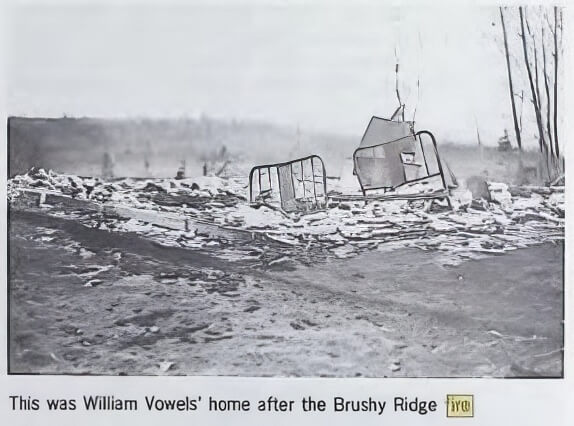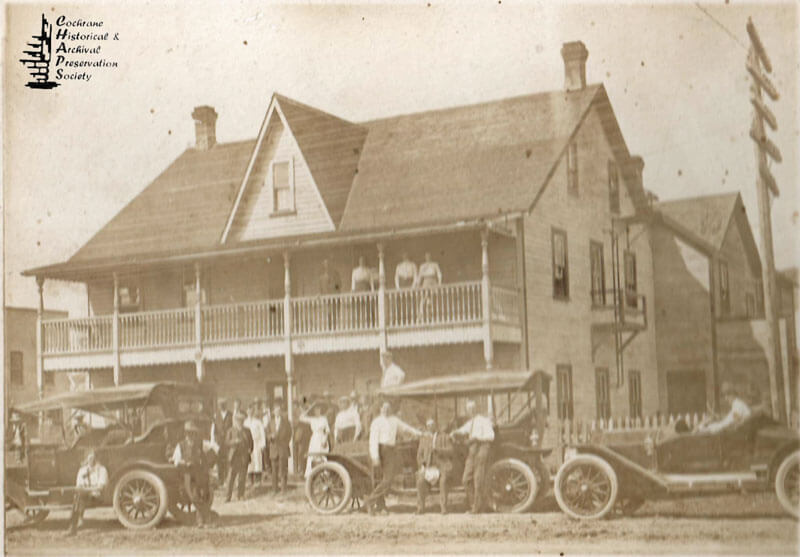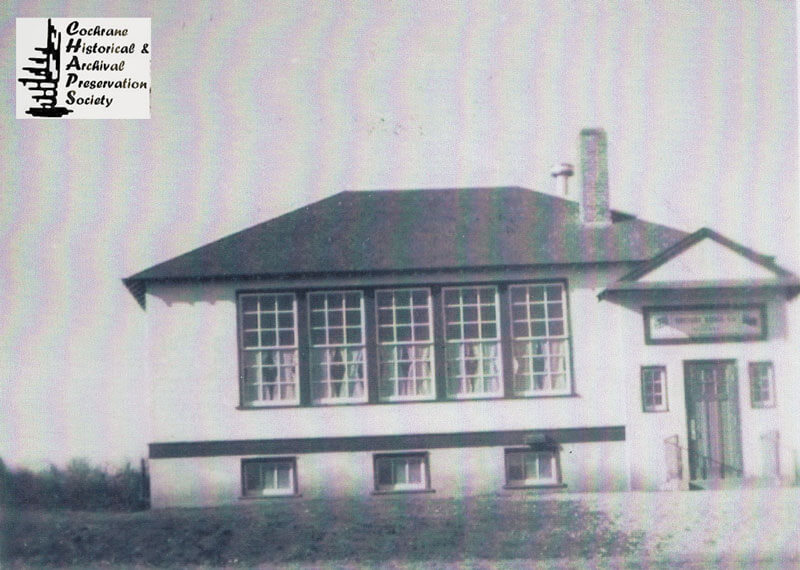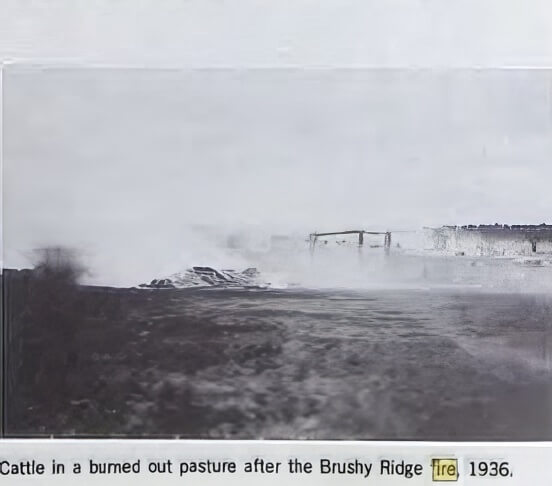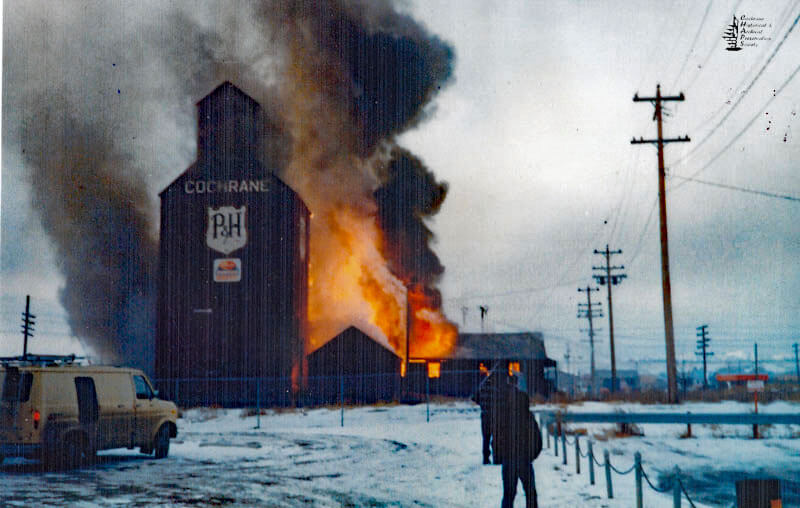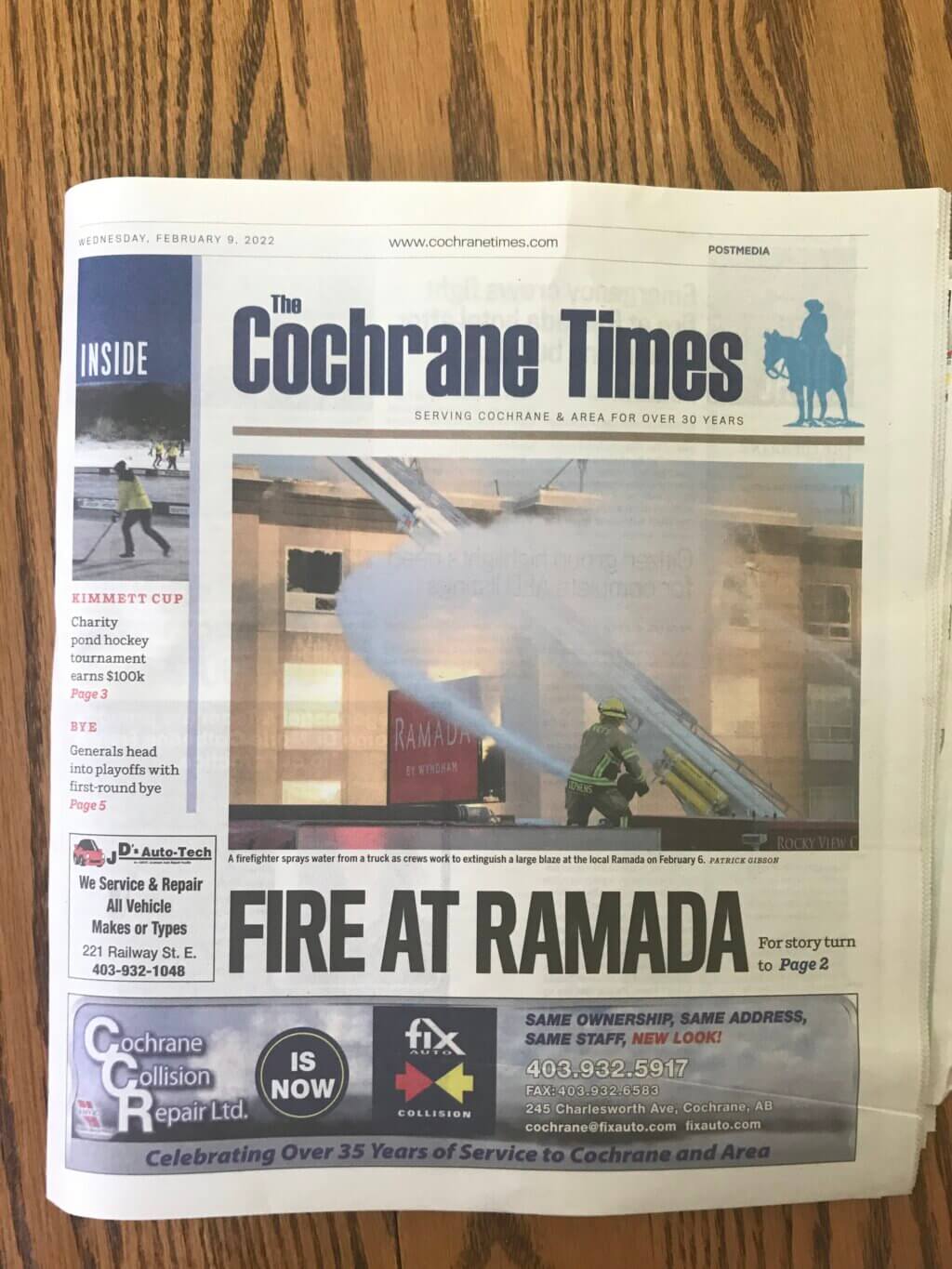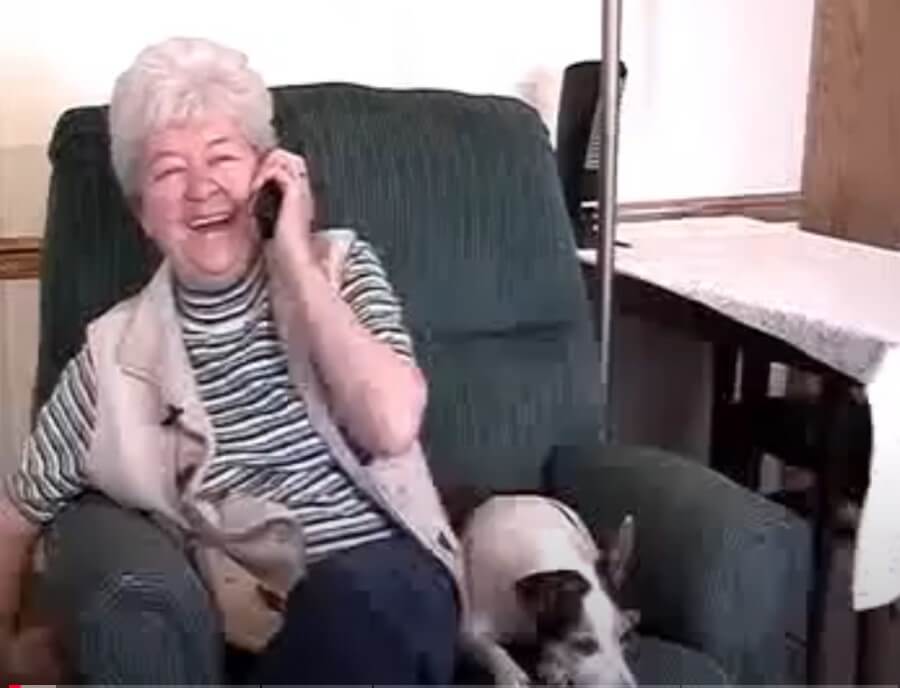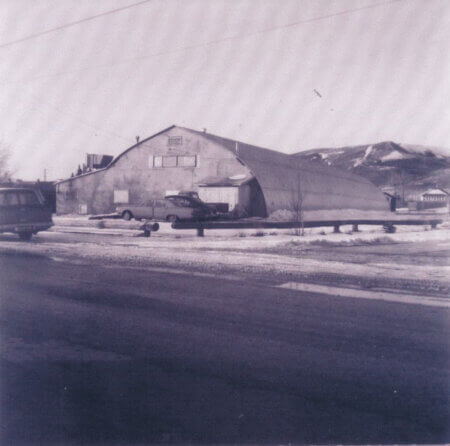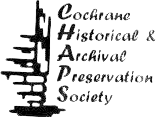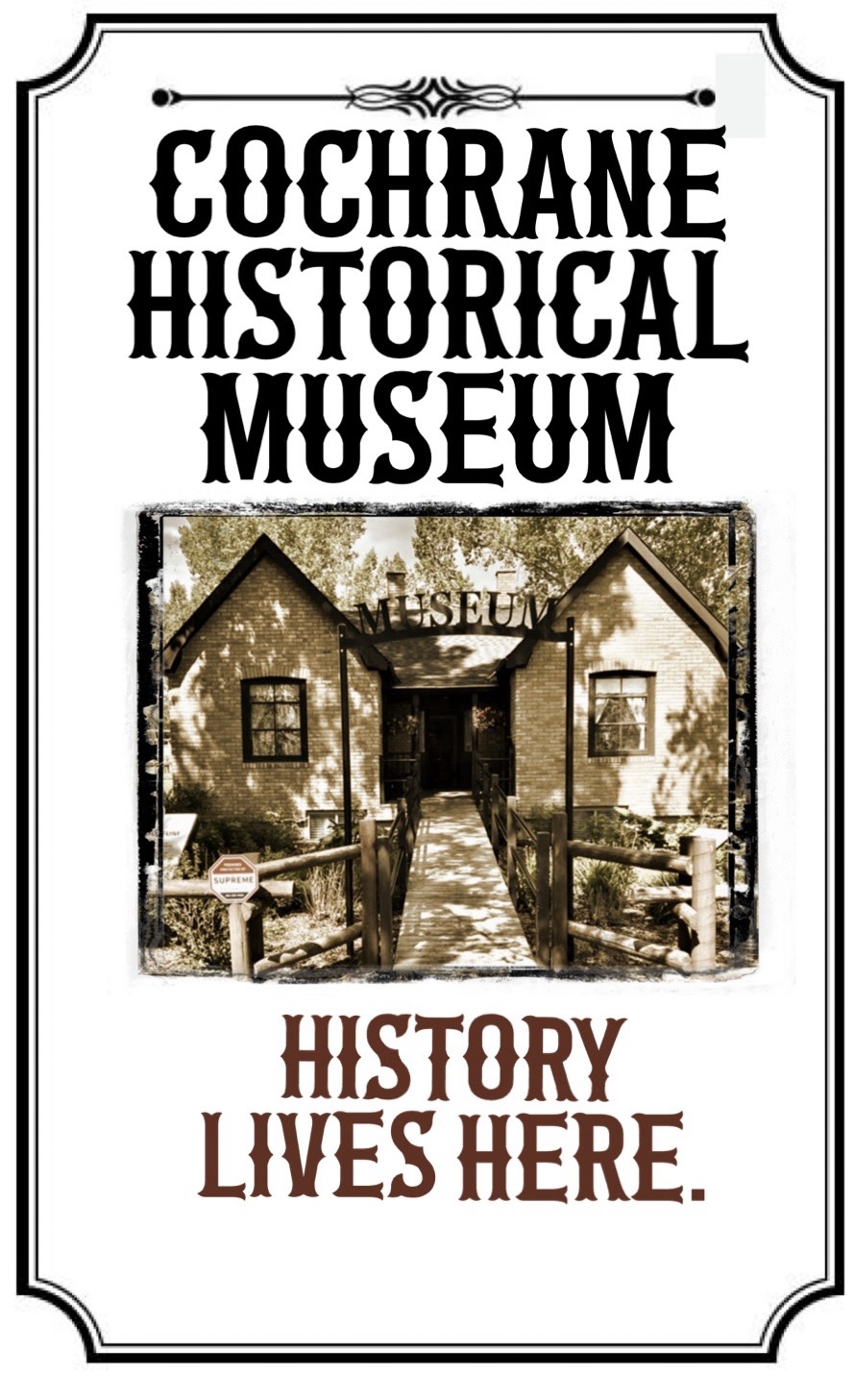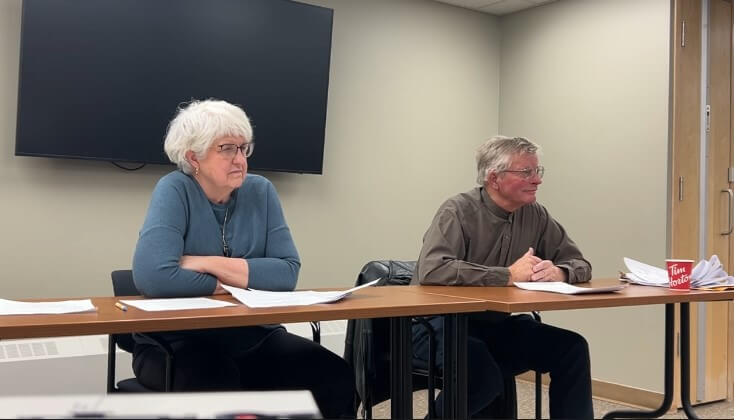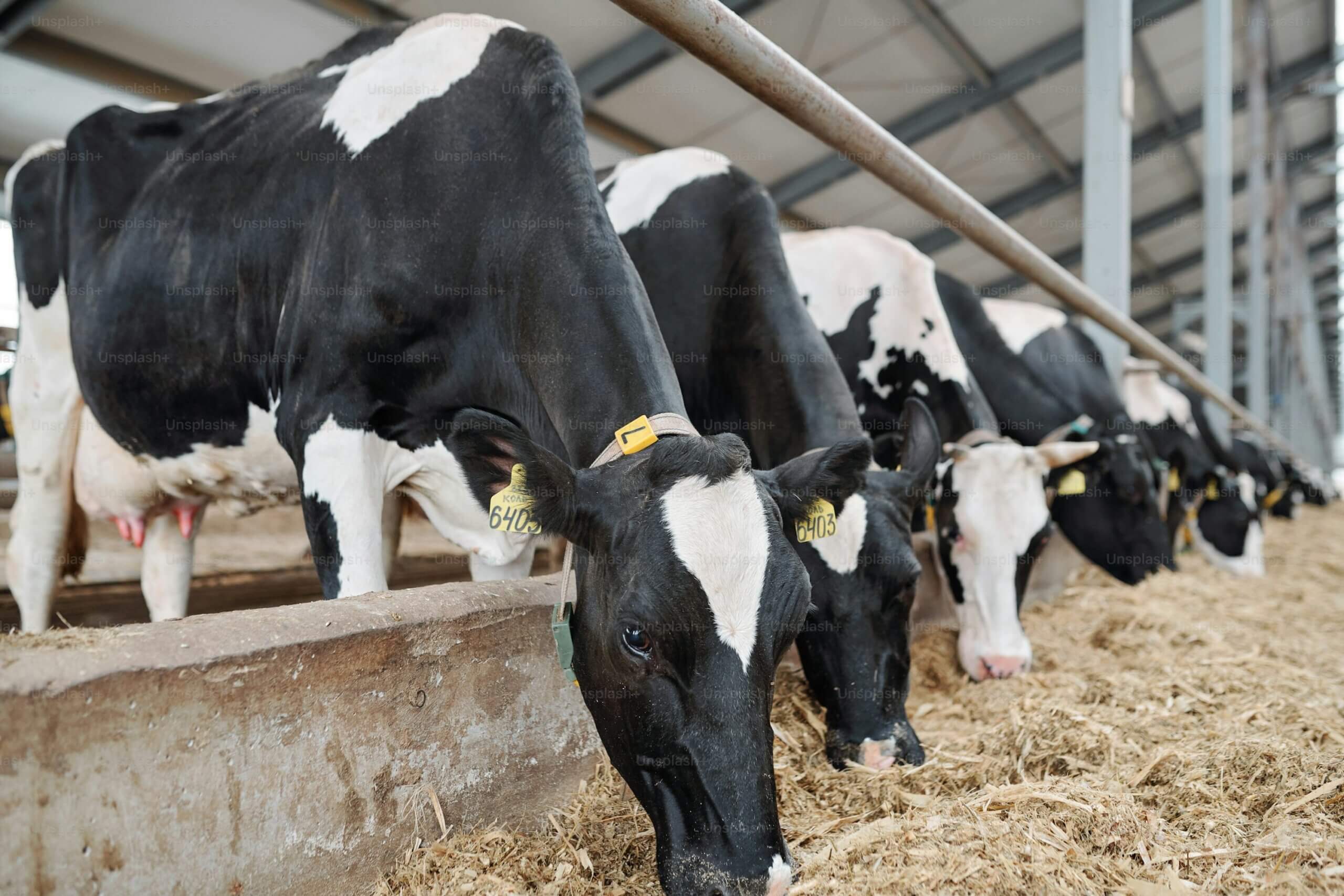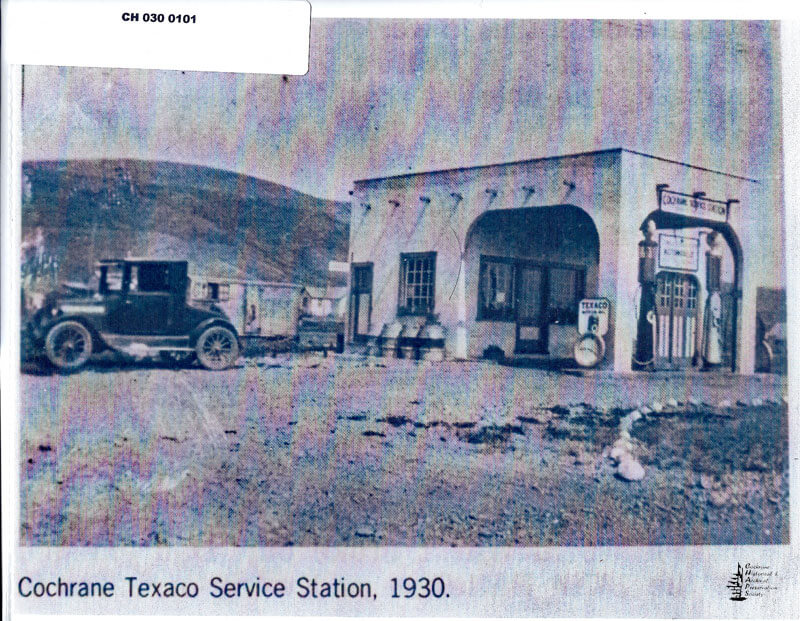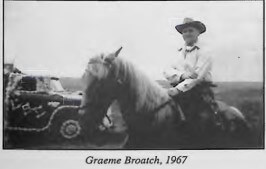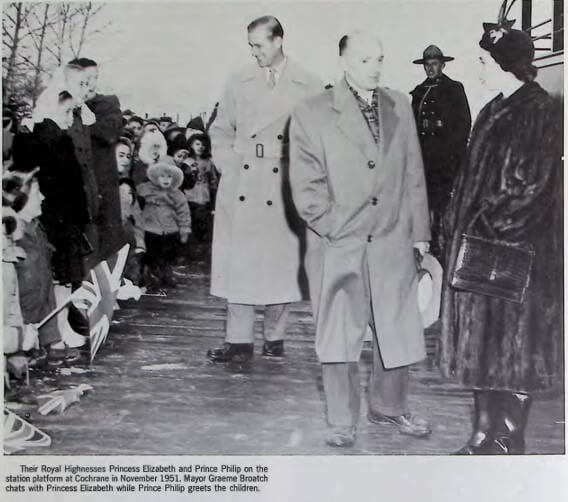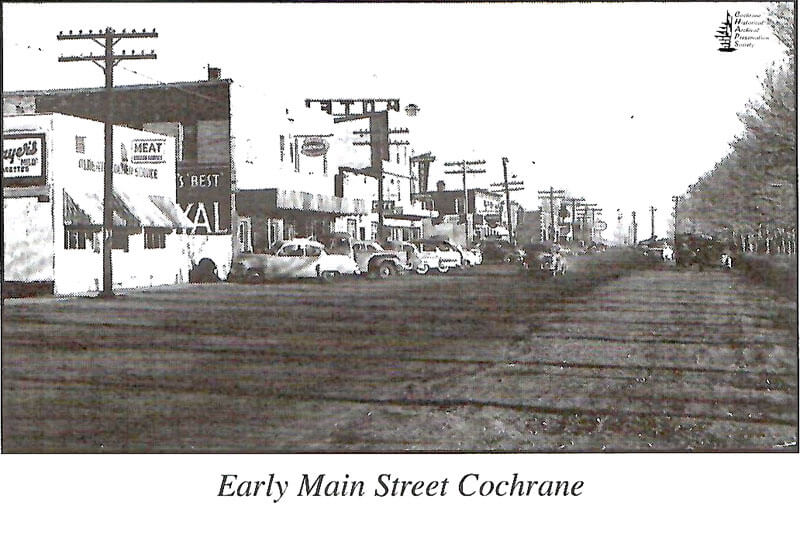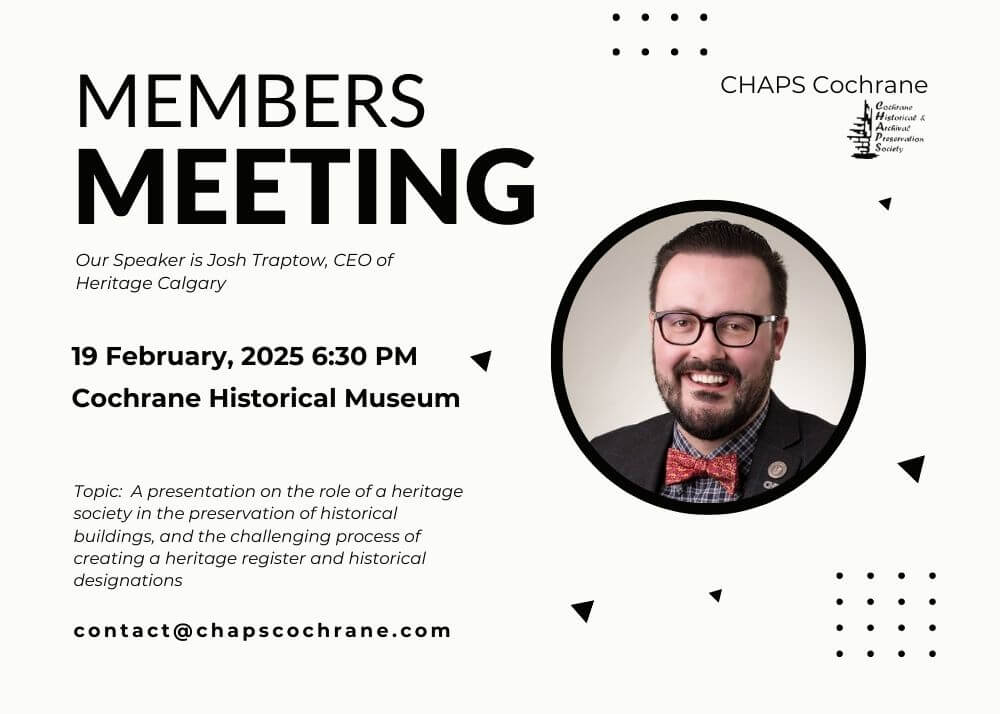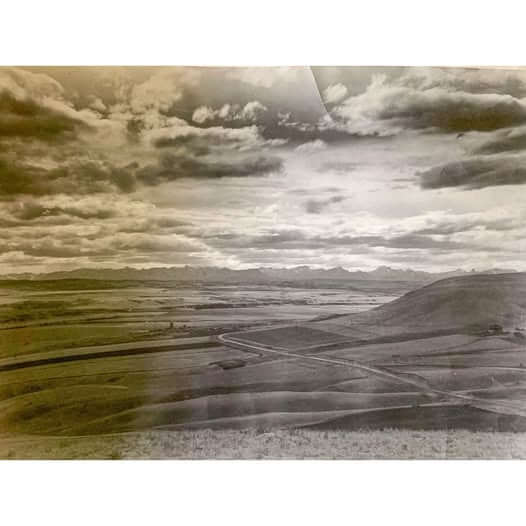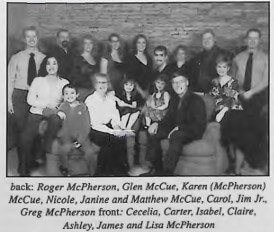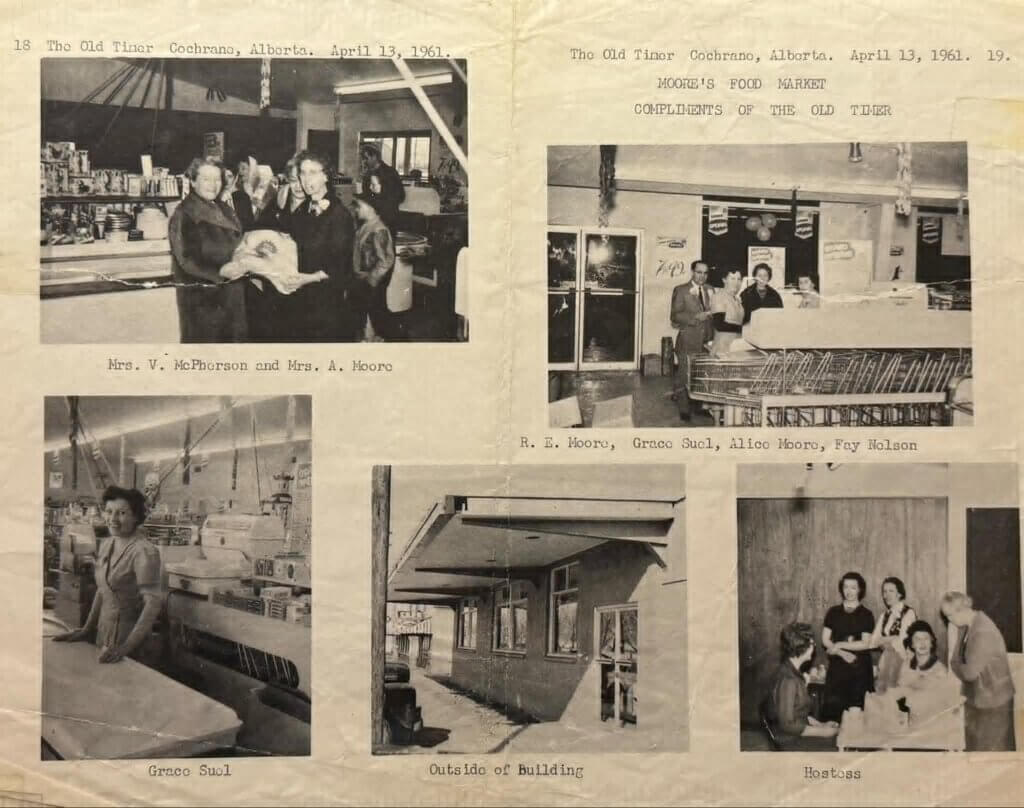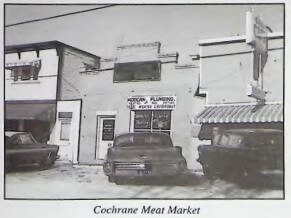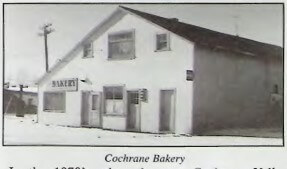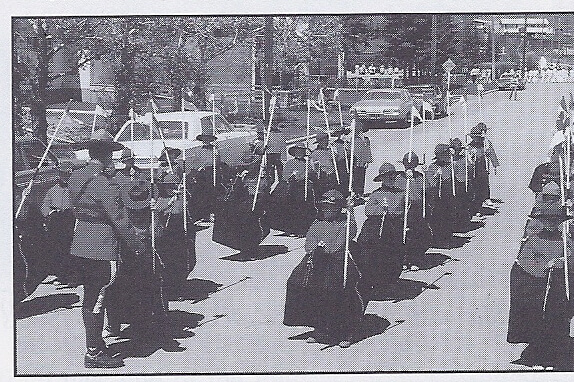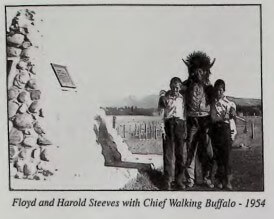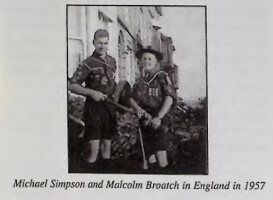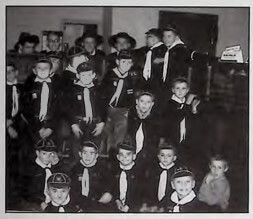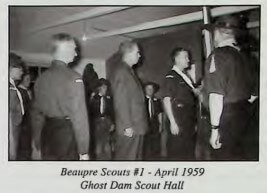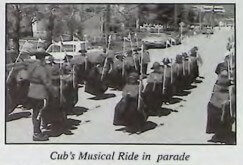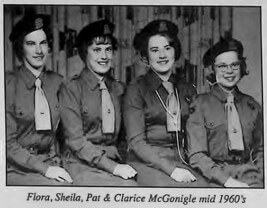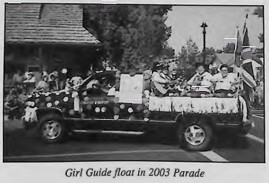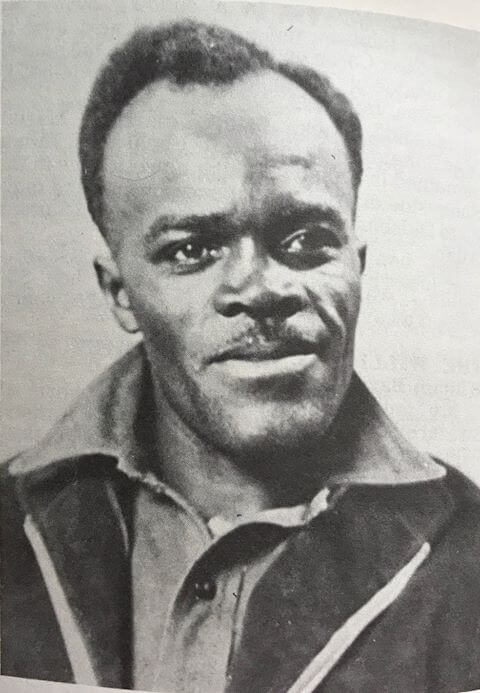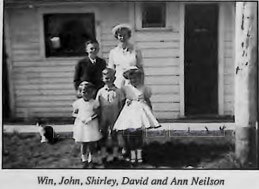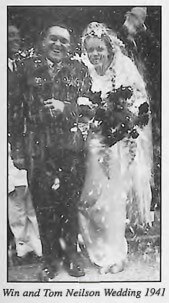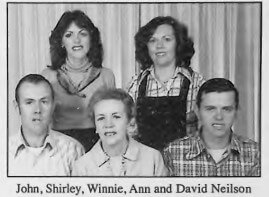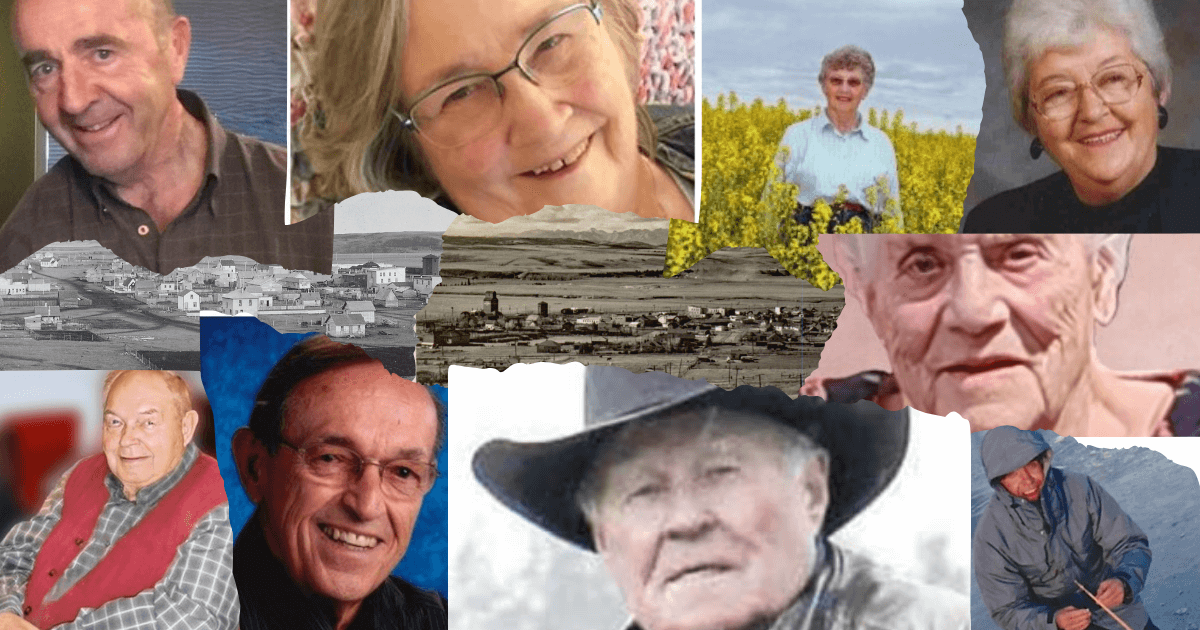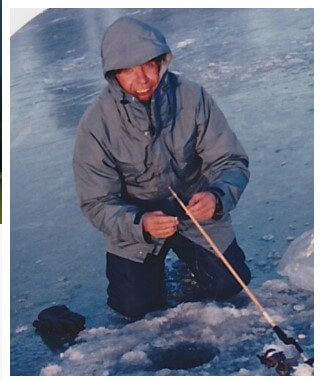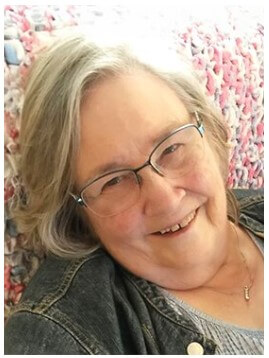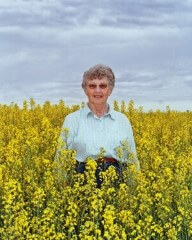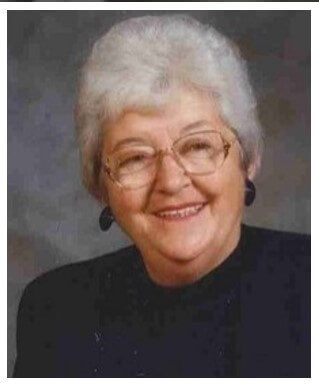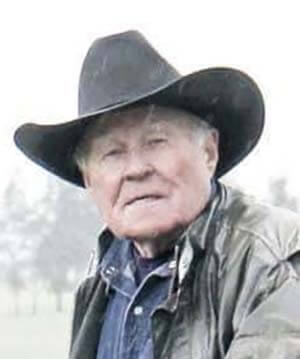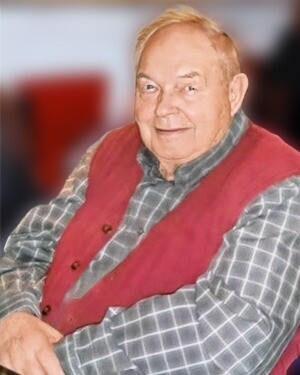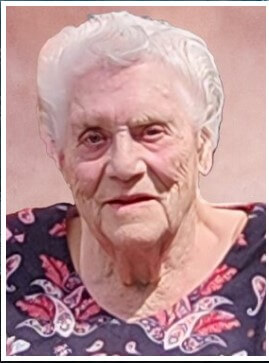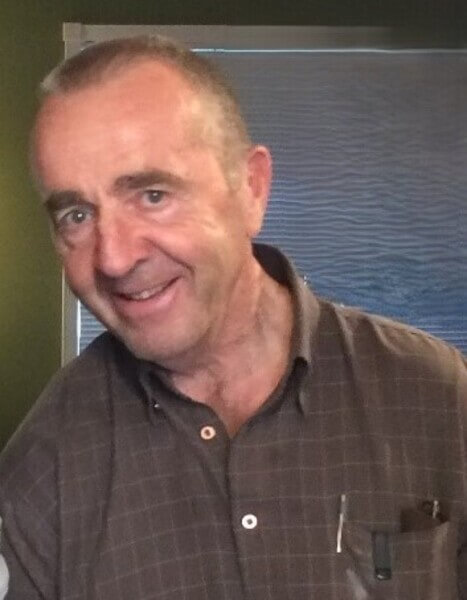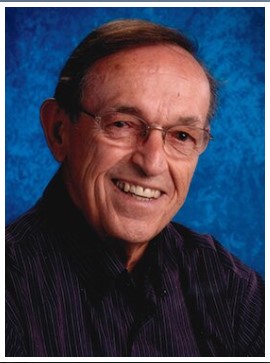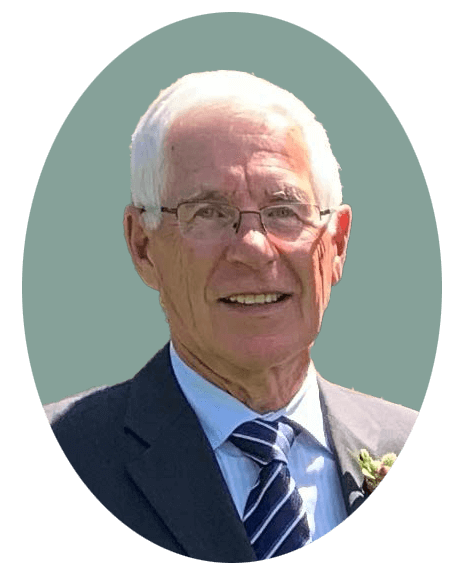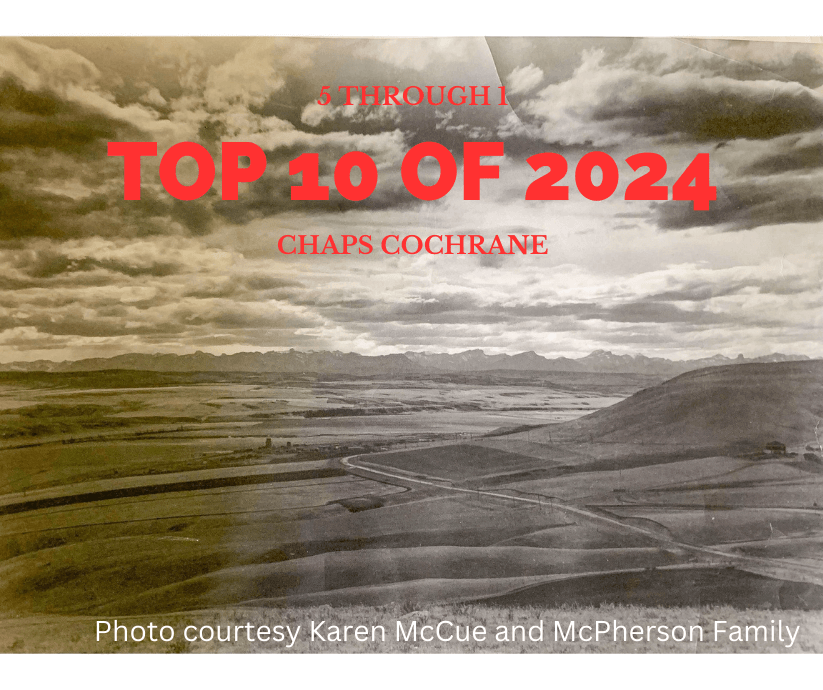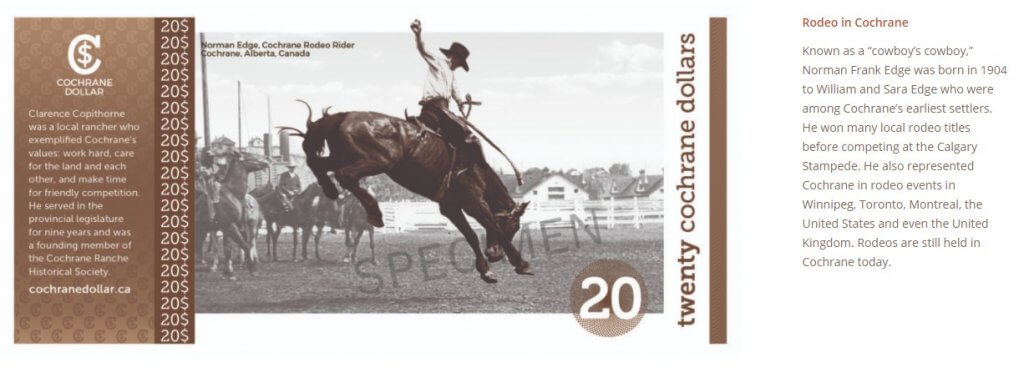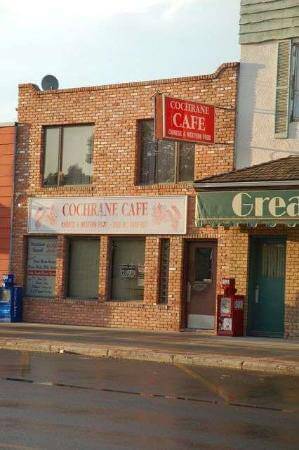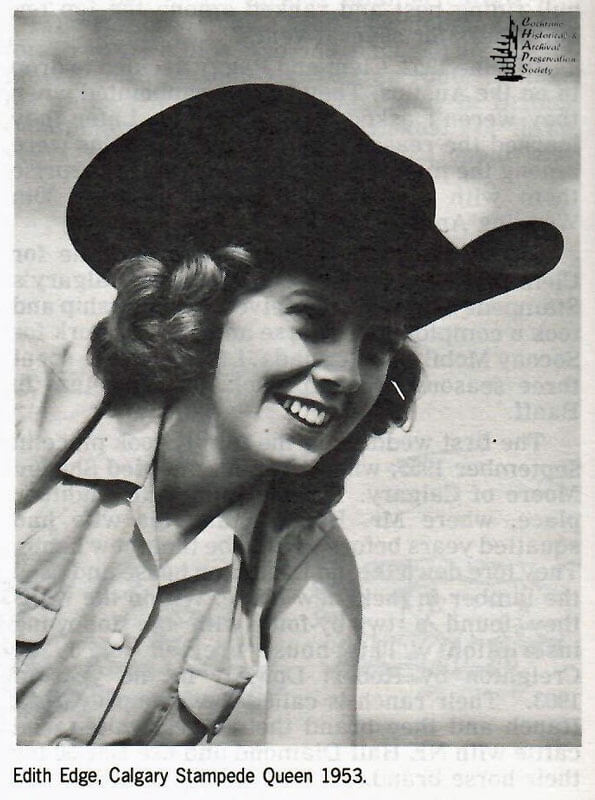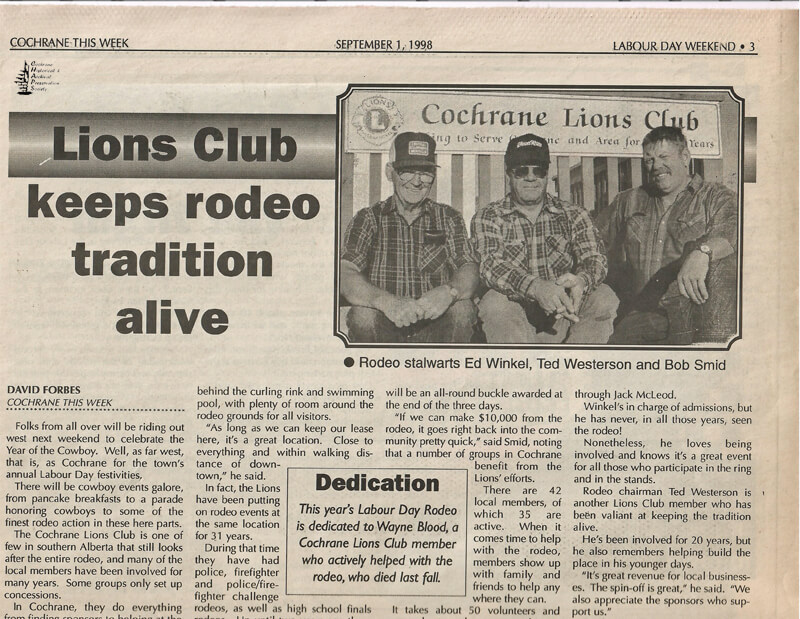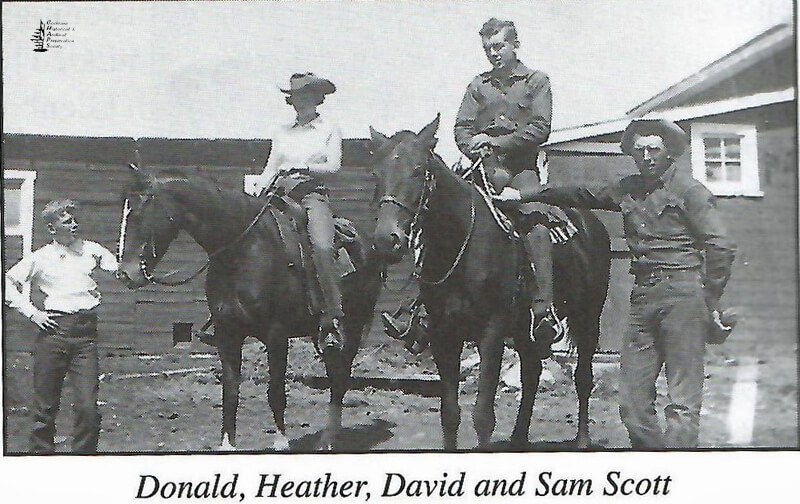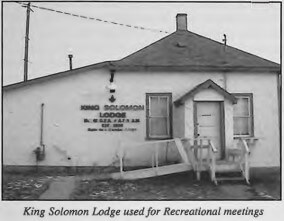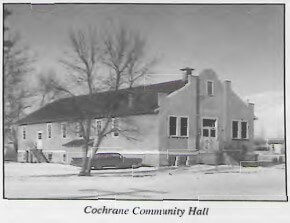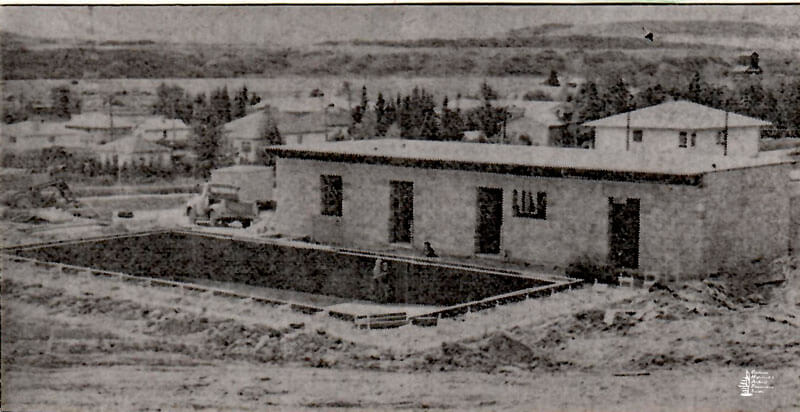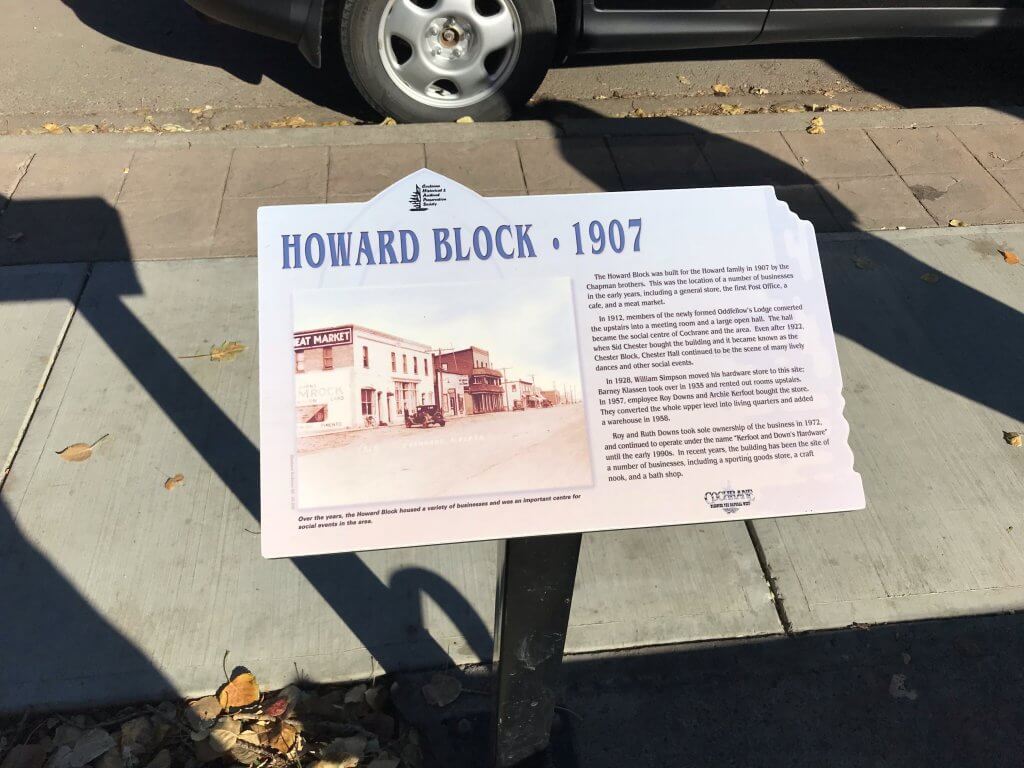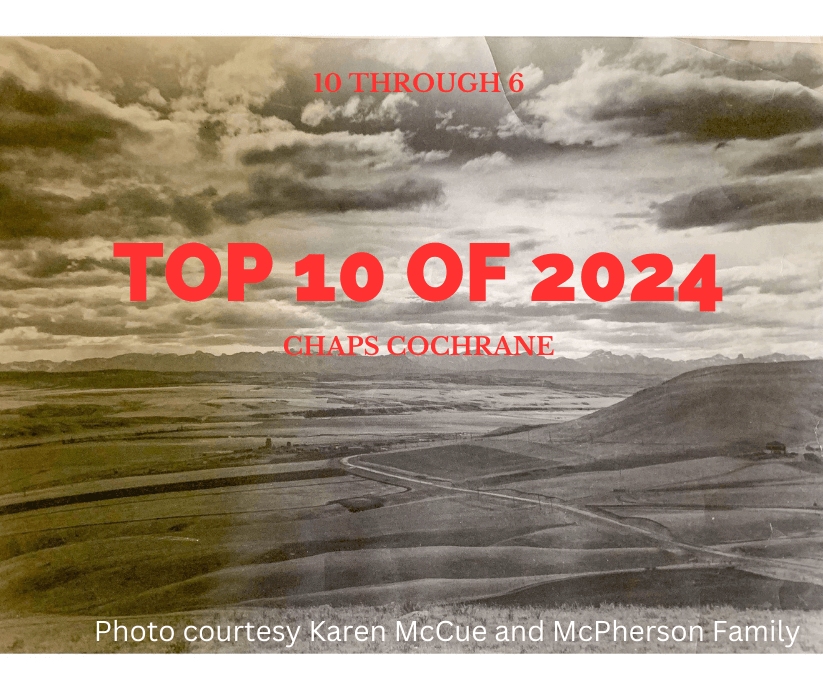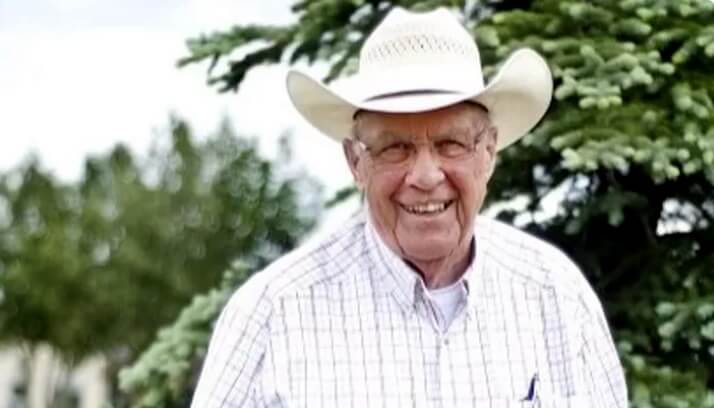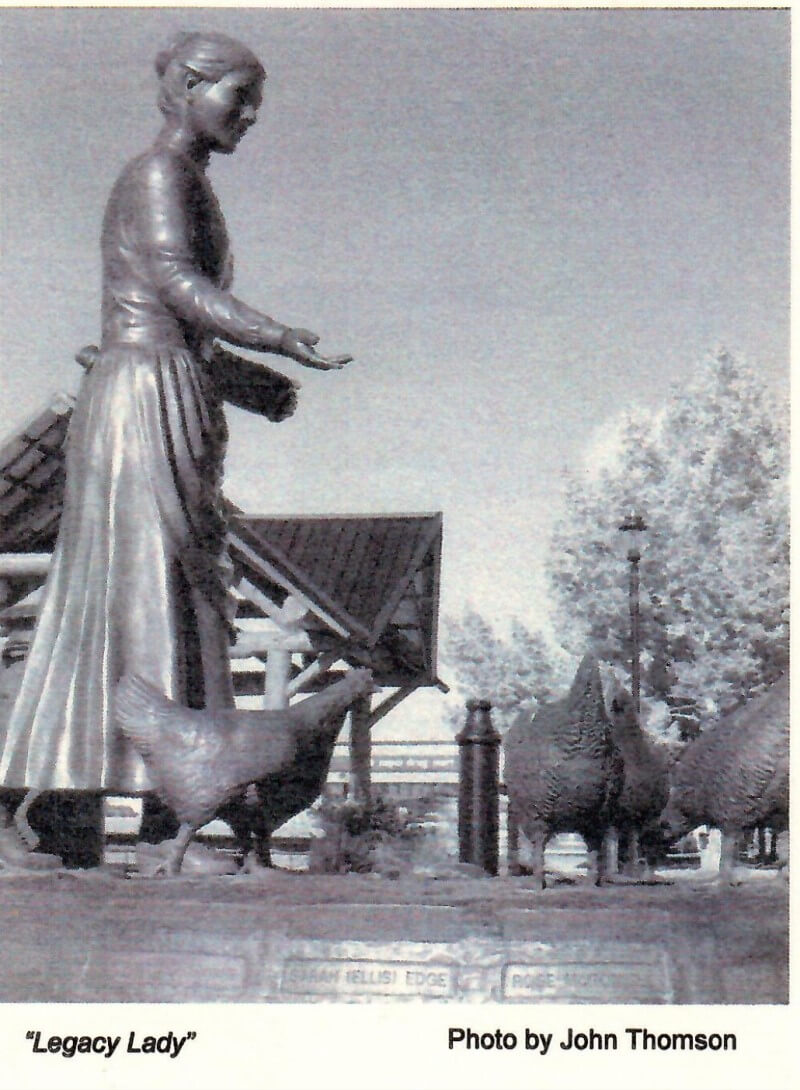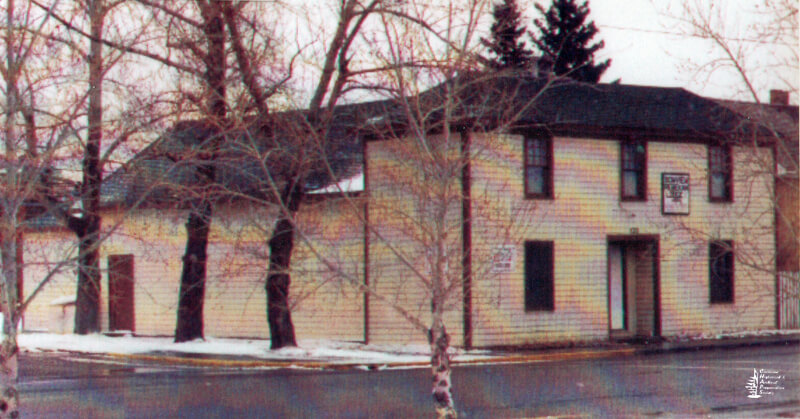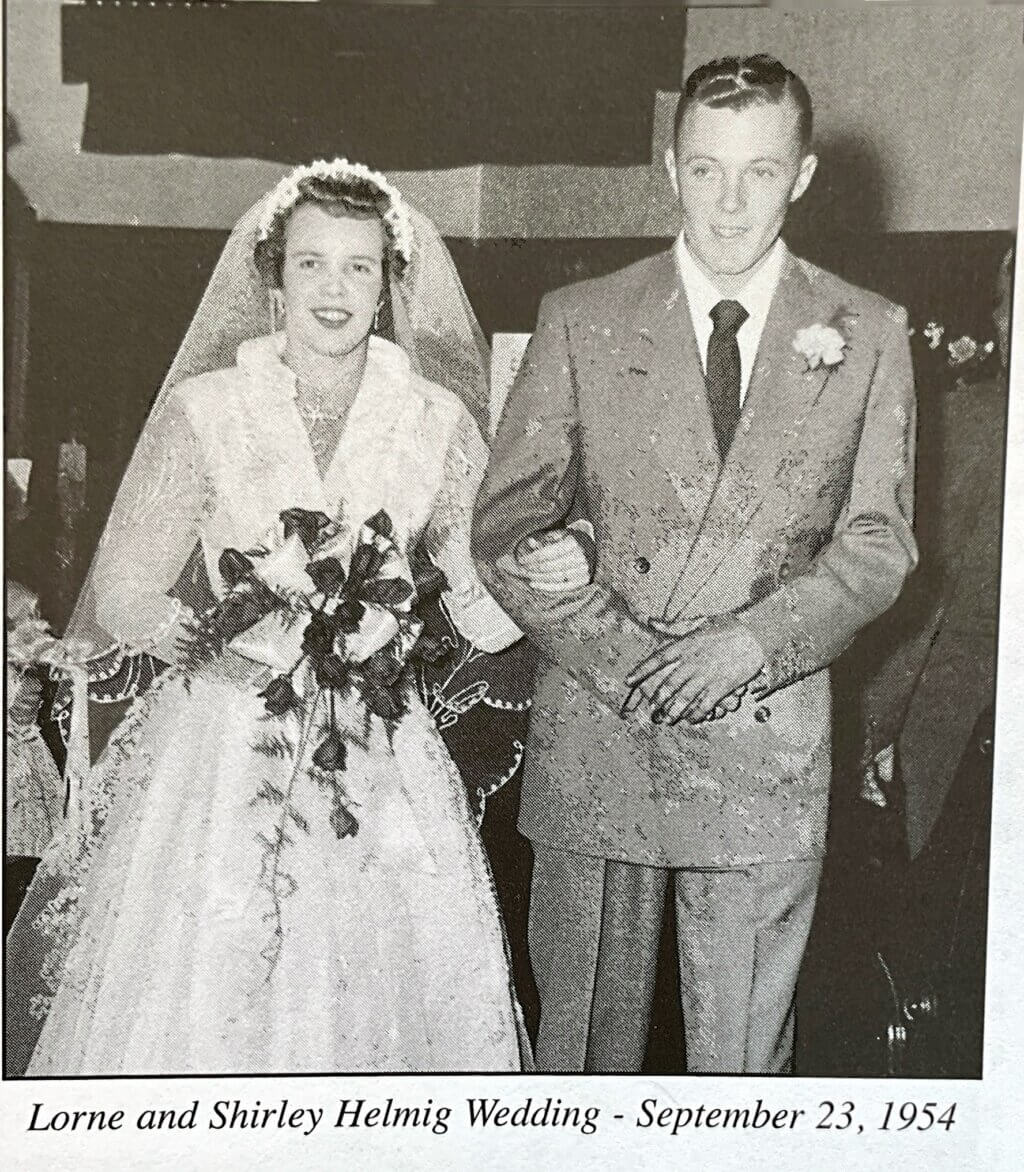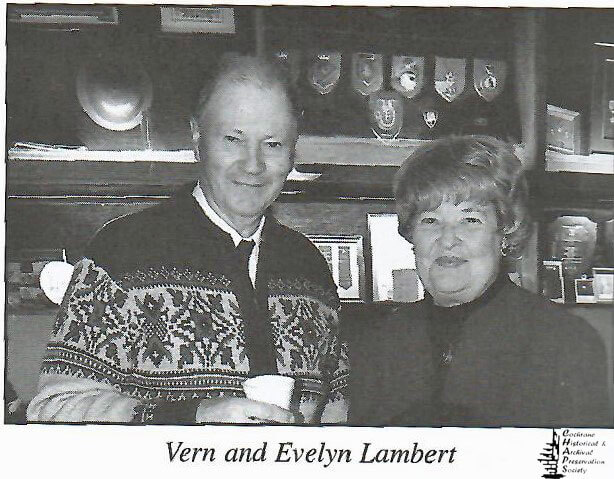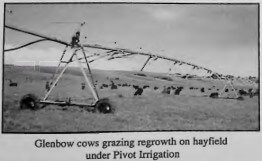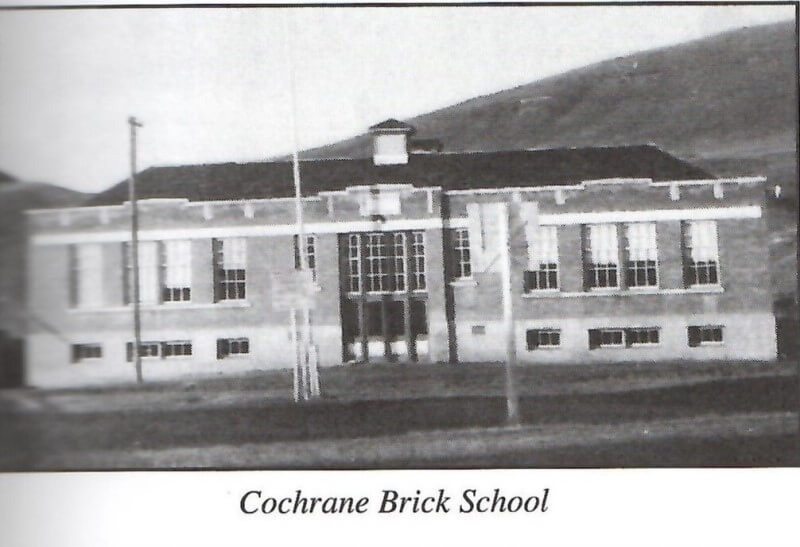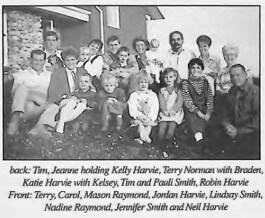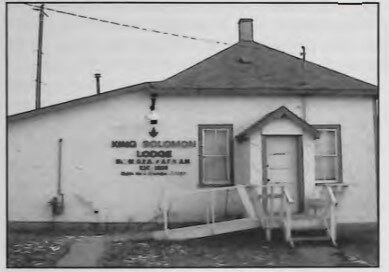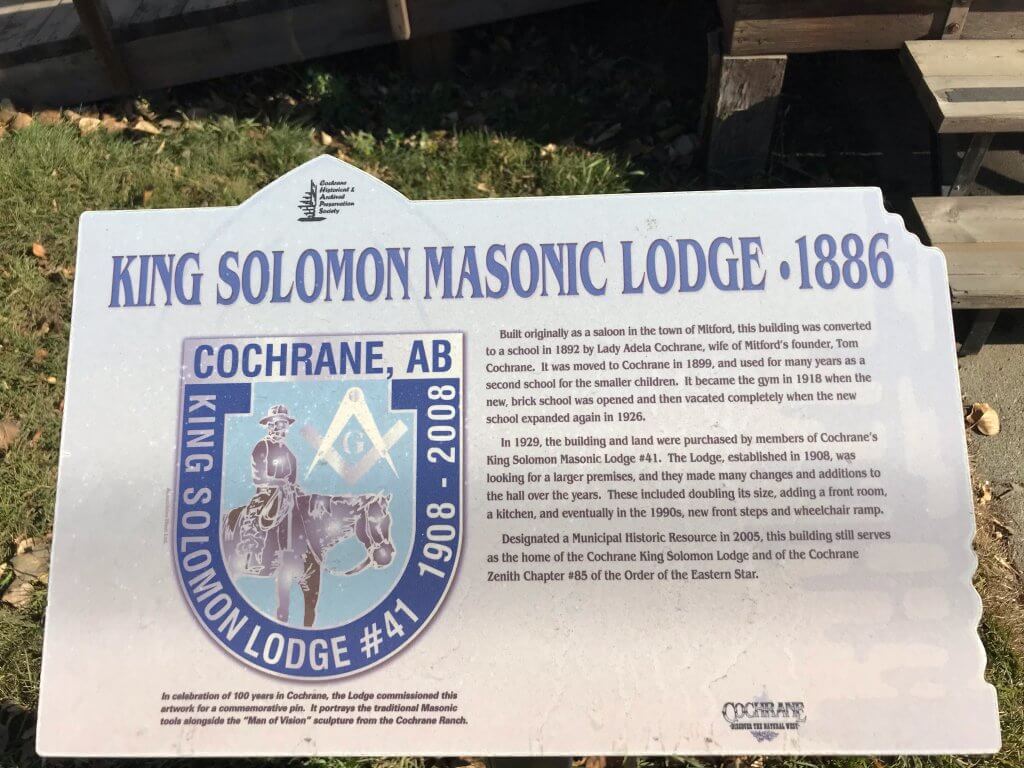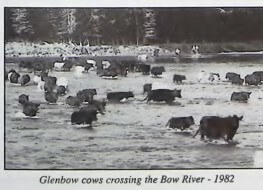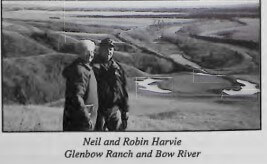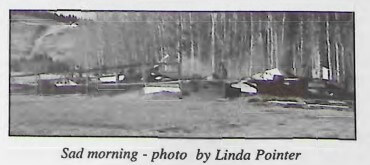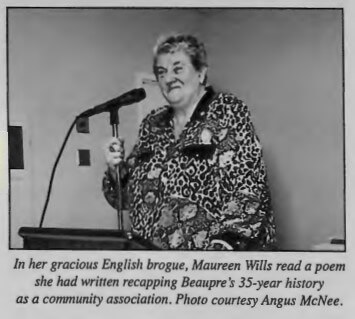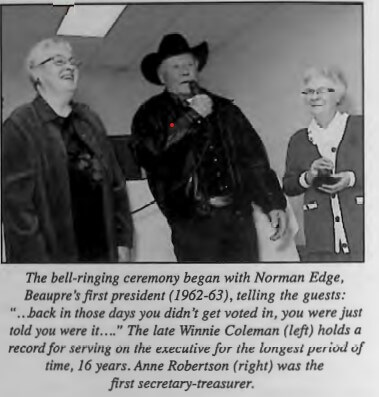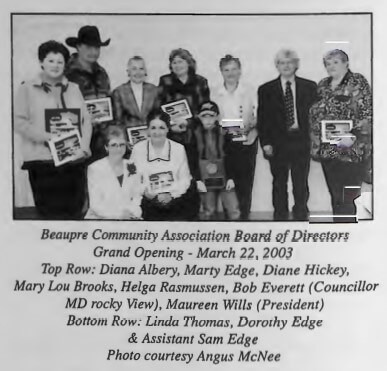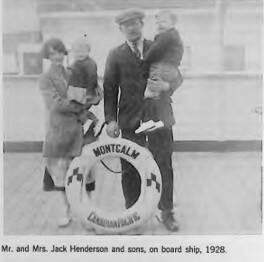Cochrane has been threatened by many fires over the years. Here are a few covered in More Big Hill Country, CHAPS YouTube channel and our social media channels.
This article was inspired by the Fire Smart program in Cochrane.
Growing up on a ranch outside of Cochrane, Dad and the neighbours were called to many grass fires. As a teenager, I recall a fire north of Camden Lane that got into the willows and was only stopped by a fire break created by Gordon Callaway and his plow. The wind was blowing from the west, as it always seems to. I recall the crews being desperate to stop the flames before reaching the willows. Using only water buckets, wet burlap, rakes and shovels was a tough battle. Gordon raced home, hooked up his plow and made a quickfire break through grassland and willows. Thankfully, it was pretty much over then. If it wasn’t stopped there, the fire could have gone east for kilometers through trees and native grass pasture.
My wife and I were in Williams Lake last year when a fire threatened the town. We could hear explosions as the fire got into a wrecker’s yard. The smoke and ash were all over town. We were a kilometer away and had to watch for burning embers and the grass fires they could have easily started.
The fire was only stopped by the intervention of a nearby fire plane base and the quick response of several fire departments. Else, who knows how much of the town would have burned.
Fires recently destroyed significant portions of Jasper, Ft. McMurray, and Slave Lake.
1936 WAS THE DRIEST YEAR WE EVER EXPERIENCED. ALL THE CROPS HAD TO BE CUT WITH A MOWER AND EVERYBODY SCRAPED A BIT OF HAY WHERE EVER THEY COULD, THEN ON NOVEMBER 19 A FIRE, WHICH HAD BEEN BURNING FOR SEVERAL DAYS IN THE FOOTHILLS, FANNED BY A 90 MILE AN HOUR WIND BROKE OUT INTO THE OPEN COUNTRY. BY THE TIME IT GOT TO THE BRUSHY RIDGE DISTRICT IT WAS NEARLY SIX MILES WIDE. WATCHERS STANDING ON COCHRANE HILL SAID THAT AFTER IT CROSSED THE JUMPING POUND CREEK IT TOOK BUT THREE MINUTES TO COVER THE FIVE MILES TO BRUSHY RIDGE SCHOOL. (Alfred Callaway Family)
Vernice Wearmouth tells of Brushy Ridge Fire

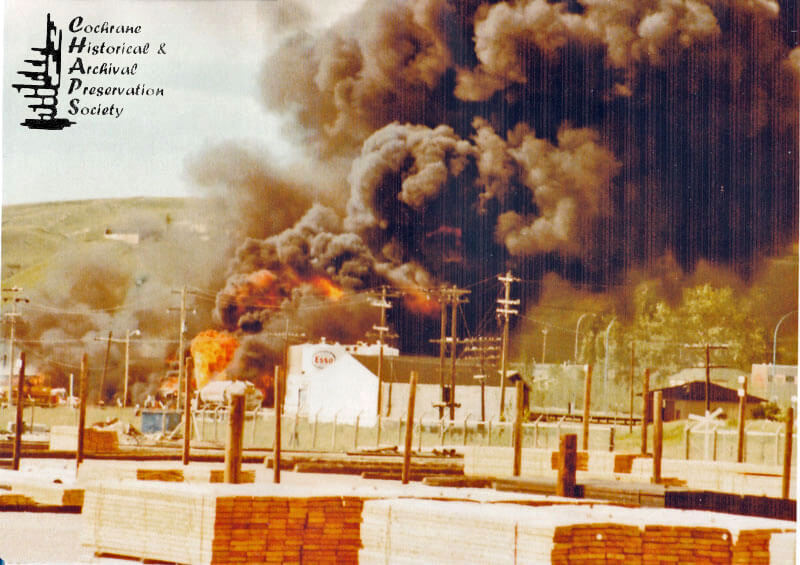
Esso Depot 1983
In 1983, the office and storage warehouse burned to the ground in a spectacular fire. Lorne helped to rebuild the business until his retirement in 1985. (Helmig Family)
